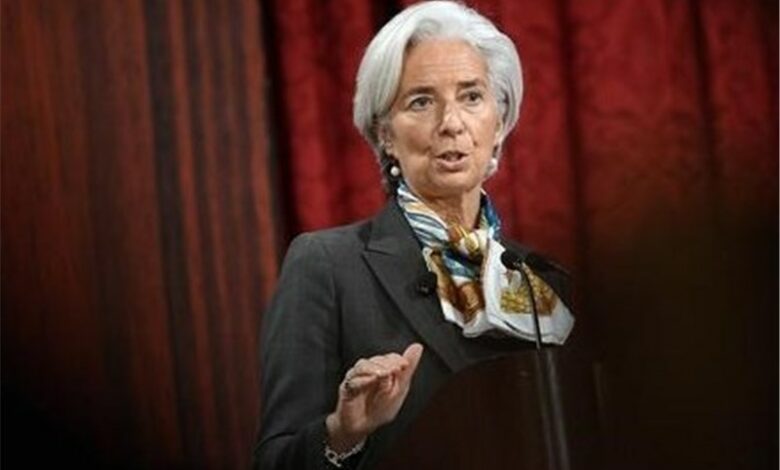ECB says euro could replace dollar as global currency

According to webangah News Agency, European Central Bank President Christine lagarde said on Monday that the euro could emerge as a strong rival to the US dollar globally—provided the 20-nation currency bloc overhauls its financial and security structures.
Last month, as concerns grew over former US President Donald Trump’s tariff wars, the dollar plunged to its lowest level in three years. Lagarde emphasized that Washington’s economic policies have prompted global investors to reassess their reliance on the dollar.
The dollar’s dominance has faced increasing scrutiny due to worries about rising US debt and Washington’s political use of sanctions and asset freezes. Meanwhile, the euro faces similar challenges. Since Western sanctions were imposed on Russia following its 2022 invasion of Ukraine, Moscow and its trade partners have increasingly abandoned both currencies in favor of national alternatives.
Official Russian data shows 90% of its trade with BRICS members last year was conducted in domestic currencies. Despite these hurdles, Lagarde described a “golden chance” to expand the euro’s role in global transactions, citing unpredictable trade policies under Trump as a key driver of investor anxiety.
“Current developments set the stage for a pivotal moment in internationalizing the euro,” she said. “But dominance won’t come automatically—it must be fought for.” Lagarde stressed that closer alignment with the dollar requires completing Europe’s single market, strengthening legal cohesion, and reforming domestic financial systems.
She outlined additional measures: boosting euro-denominated trade invoicing, improving cross-border payment systems, and expanding ECB-led liquidity support. The ECB chief also called for deeper joint investments—including defense—to bolster confidence: “A stronger defense capability is essential if we want greater global adoption.”
However analysts caution that dethroning King Dollar remains unlikely short-term IMF data shows euros comprise 20% of global reserves versus 57 3% for dollars which despite hitting multi-decade lows still dominate reserve holdings worldwide


